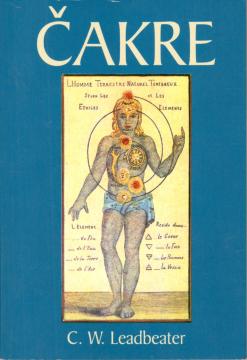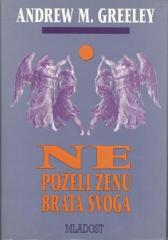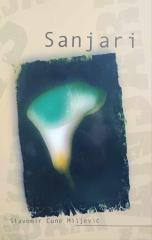
Čakre
The book Chakras (1927) deals with the esoteric study of chakras – energy centers in the human body according to Eastern traditions. C. W. Leadbeater describes in detail the seven main chakras, their functions, structure and role in spiritual development.
The author introduces the chakras as vortexes of etheric energy related to the physical, emotional, and spiritual aspects of a person. He begins with the root chakra (Muladhara) at the base of the spine, associated with instincts and survival, and continues to the crown chakra (Sahasrara) at the top of the head, which symbolizes the spiritual connection to the universe. Each chakra, such as the heart (Anahata) or throat (Vishuddha), has specific colors, vibrations, and functions, such as regulating emotions or communication.
Leadbeater describes how the chakras absorb prana (life energy) and connect the physical body to the astral and mental planes. Activating and balancing the chakras, he argues, is essential for spiritual progress and health. The book includes instructions for meditation and visualization, but emphasizes caution due to the risks of excessive energy work.
The work synthesizes Hindu and Buddhist concepts with Theosophical interpretations, adapted for a Western audience. Despite the controversy surrounding Leadbeater's approach, the book was influential in popularizing chakras in the West, providing a pioneering introduction to energy anatomy and spiritual practice.
One copy is available





